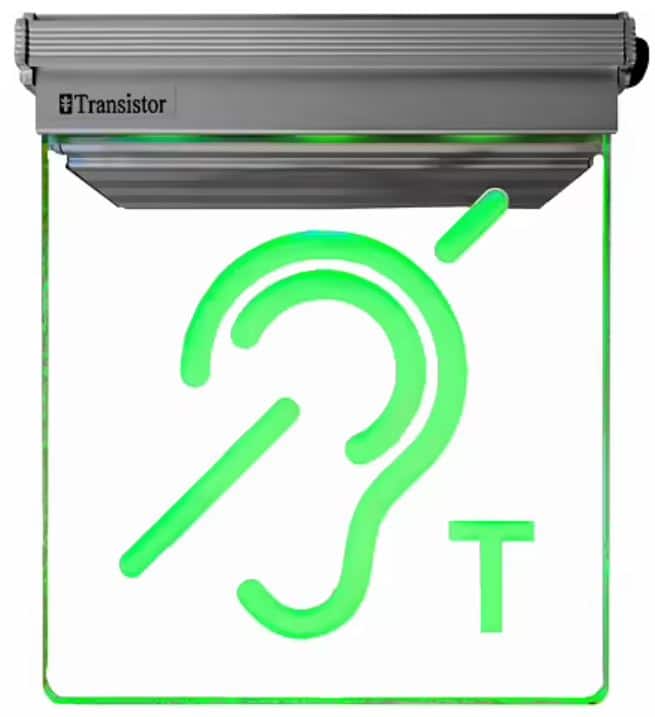In the ever-evolving landscape of assistive hearing devices, there has been almost a total shift away from individual solutions for transmitting audio to hearing aids via the telecoil to proprietary solutions that transmit to hearing aids offering a more integrated and seamless experience for users such as spouse microphones, TV transmitters etc.
However the importance of the existence of telecoils in hearing aids has never been more important as they play a key role in making public spaces more accessible.

Making Public Spaces More Accessible
Choosing a hearing aid without a telecoil— the component that allows for compatibility with hearing loops —means potentially saying no to a more inclusive life. Telecoils in hearing aids enable individuals with hearing loss to connect effortlessly to hundreds of thousands of hearing loops across the globe.
This simple yet powerful technology bridges the gap between the individual and the public space, ensuring that everyone, regardless of their hearing abilities, can fully participate in the auditory experience.
The installed base of hearing loops has reached unprecedented levels, with these systems seamlessly integrating into various public venues, from theaters to airports. The beauty of hearing loops lies in their universal accessibility; they don’t discriminate based on the brand of hearing aid or individual preferences.
The field of hearing loops is experiencing a wave of positive developments, showcasing a commitment to enhancing the auditory experience for individuals with hearing loss. Notably, digital loop amplifiers have emerged, introducing advanced technologies that refine the clarity and precision of sound transmission. Additionally, phase shift loops optimize the spatial distribution of sound, ensuring a more even and consistent listening experience across various points within a looped space.
Today you can find venues with hearing loops on Google so the technology gets more and more visible. Furthermore, the implementation of fixed monitoring devices as part of a hearing loop system adds a layer of proactive maintenance and issue resolution. That means making hearing loops more tangible than ever before. For non-technical staff, such as venue managers, maintenance personnel, or front-line staff, these devices offer an accessible means to verify the functionality of the hearing loop system.
 With clear indicators staff can easily check the system’s status, quickly identifying and addressing any potential faults or malfunctions.
With clear indicators staff can easily check the system’s status, quickly identifying and addressing any potential faults or malfunctions.
Imagine a scenario where someone with hearing loss relies on a hearing loop system during a critical business meeting or a live performance. If the system malfunctions or experiences issues, it could lead to significant communication barriers and frustration for the user. Monitoring allows for the early detection of potential problems, preventing such disruptions. The significance of monitoring devices also lies in their ability to bridge the gap between technical complexities and practical understanding.
Advancements and Future of Hearing Accessibility
The advent of Bluetooth Auracast marks also a natural evolution and significant progress in the field of hearing accessibility. As technology continues to advance, so does the quest to create seamless and inclusive experiences for people in challenging hearing environments.
Bluetooth Auracast represents a forward-looking solution that builds upon the foundations laid by traditional hearing loops.

The ongoing advancements in hearing accessibility signal a transformative journey towards a more inclusive world for individuals with hearing loss. In this progression, hearing loops, and potentially Auracast once mature and standardized, emerge as crucial components.
Prioritizing the comprehensibility and usability of these technologies is pivotal in maximizing the impact and effectiveness, fostering more inclusive and accessible public spaces for everyone.
About the Author
Johan Hammarström is Product manager at AB Transistor Sweden and one of three inventors of T-SIGN. Founder and pilot in World Flight for Hearing. (Bilateral hearing loss and hearing aid wearer)







